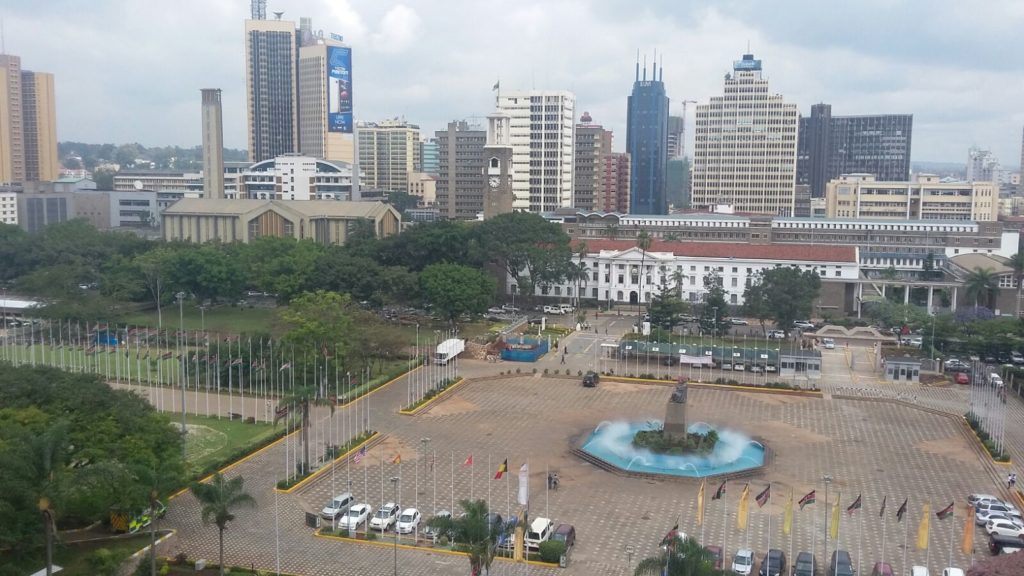
What to consider when it comes to Location, Accessibility and Parking in events
1. Location:
- Proximity to Target Audience:Choose a location that is convenient and accessible for your target audience. Consider factors such as demographics, geographic distribution, and transportation options when selecting the event location.
- Amenities and Services: Look for a location that offers nearby amenities such as hotels, restaurants, and entertainment options. This can enhance the overall experience for attendees and make it more convenient for them to participate in the event.
- Brand Alignment: Consider how the location reflects the brand and theme of the event. Choose a venue that aligns with the goals and image of the event to create a cohesive and memorable experience for attendees.
- Local Attractions: Consider nearby attractions and points of interest that may appeal to attendees. This can provide additional value and incentive for attendees to participate in the event and explore the surrounding area.
2. Accessibility:
- Transportation Options: Evaluate the accessibility of the venue via various modes of transportation, including public transit, highways, airports, and pedestrian routes. Choose a location that is easily accessible by attendees coming from different locations.
- ADA Compliance: Ensure that the venue is accessible to individuals with disabilities and complies with the Americans with Disabilities Act (ADA) regulations. This includes providing wheelchair ramps, accessible parking spaces, and other accommodations for attendees with mobility impairments.
- Signage and Wayfinding: Provide clear signage and wayfinding information to guide attendees to the venue and within the event space. This can help prevent confusion and make it easier for attendees to navigate the location.
3. Parking:
- Sufficient Parking Facilities: Choose a venue that offers sufficient parking facilities to accommodate the expected number of attendees. Consider factors such as the size of the parking lot, availability of parking spaces, and proximity to the event venue.
- Alternative Transportation Options: Encourage attendees to use alternative transportation options such as public transit, ridesharing services, or carpooling to reduce congestion and parking demand. Provide information on nearby transportation options and incentives for using sustainable transportation.
- Valet Parking and Parking Management: Consider offering valet parking services or implementing parking management strategies to efficiently utilize available parking spaces and minimize congestion. This can help improve the overall flow of traffic and enhance the attendee experience. By carefully considering location, accessibility, and parking when planning events, organizers can create a more inclusive and convenient experience for attendees and ensure the success of the event.
